Destructive Chewing by Dogs and Puppies
June 6, 2025 · Dogs

Destructive chewing is a common issue for both puppies and adult dogs. It’s natural for dogs to chew—it's how they explore the world, relieve boredom, and deal with teething or stress—but when it becomes destructive (e.g., chewing furniture, shoes, wires), it's a behavioral problem that needs addressing.
Here’s a breakdown of the causes, and what you can do to prevent or stop destructive chewing:
🐾 Common Causes of Destructive Chewing
Puppies:
Teething (usually 3 weeks to 6 months old)
Like human babies, puppies chew to relieve the discomfort of growing teeth.
Exploration
Chewing is how puppies investigate unfamiliar objects.
Adult Dogs:
Boredom or Lack of Stimulation
Dogs left alone without mental or physical stimulation will often chew to entertain themselves.
Separation Anxiety
Dogs may chew destructively when anxious about being alone.
Hunger or Dietary Deficiency
Dogs on restricted diets may chew to find more food.
Learned Behavior
Dogs who weren’t properly trained as puppies may never learn what’s okay to chew.
✅ How to Stop Destructive Chewing
1. Puppy-Proof Your Home
Remove access to tempting items like shoes, remote controls, and electrical cords.
Use baby gates to restrict access to rooms.
2. Provide Safe Chew Toys
Offer a variety of textures and sizes.
Rotate them regularly to keep interest high.
Use frozen toys or wet towels for teething puppies.
3. Exercise and Mental Stimulation
Tired dogs chew less! Regular walks, playtime, and puzzle toys can prevent boredom.
Consider food-dispensing toys or training games.
4. Use Deterrent Sprays
Bitter-tasting sprays (e.g., Bitter Apple) can discourage chewing on inappropriate items.
5. Crate Training or Safe Confinement
A properly sized crate gives your dog a safe, chew-free space when unsupervised.
Alternatively, use a puppy pen or closed-off dog-safe room.
6. Redirect and Reward
Catch your dog chewing something inappropriate? Gently redirect to a chew toy and reward with praise or a treat when they chew the right thing.
7. Veterinary or Behavioral Help
If chewing is severe or linked to anxiety, consult your vet or a certified dog behaviorist.
🚫 What Not to Do
Don’t punish after the fact – Dogs don’t connect past actions with consequences.
Don’t remove all chewing outlets – Chewing is natural; provide acceptable options instead.
Don’t leave dogs alone for too long without stimulation.
Click here to download a printable version of our Destructive Chewing Prevention & Training Guide!
